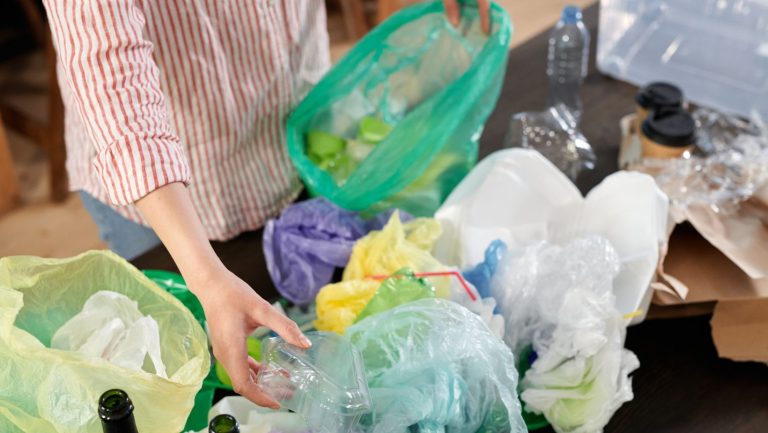Are you looking for ways to reduce your environmental impact and increase waste management efficiency? Look no further than a waste transfer station! By utilizing such a facility, many materials, from residential to commercial waste, can be collected and disposed of economically.
With the ever-increasing concern about climate change, there is no better time than now to implement sound practices that will allow us to manage our waste correctly. In this blog post, we will provide you with six key tips on how best to use a waste transfer station to benefit from its eco-friendly approach. Whether you’re currently using one or just getting started – read on and find out how you can maximize the potential of these facilities!
Waste Transfer Station: What is it?
Before we jump into our tips, it’s crucial to understand what a waste transfer station is and how it works. A waste transfer station acts as an intermediary between the sources of waste and disposal sites, such as landfills or incinerators. These stations collect, store, and sometimes sort different types of waste from residential, commercial, industrial, and construction sites before being transported in bulk to the next destination. The goal is to reduce emissions through consolidating trips while improving efficiency in terms of cost-effectiveness and safety.
Why Use a Transfer Station?
Now that we have an understanding of what a waste transfer station is, let’s explore why it can be beneficial to use one. The most obvious benefit is the cost savings associated with using these facilities, as they reduce the number of trips required when disposing of waste. Additionally, they also provide environmental benefits such as encouraging recycling, reducing air pollution and conserving energy by consolidating trips.
6 Tips for Using Waste Transfer Stations
Transfer station usage can be mastered by following these six tips:
#1. Research Your Transfer Station
Before using a transfer station, take some time to research which one would be the most efficient and cost-effective for your needs. Some transfer stations specialize in certain types of waste, while others provide a broader range of services.
#2. Check To See What Types of Waste Your Transfer Station Accepts
It is important to know what types of waste your transfer station is set up to accept. This information should be readily available on their website, or you can contact them directly with any questions.
#3. Sort Your Waste
Once you have identified the right facility, make sure that you sort your waste into categories before delivering it to the station. This helps ensure that all materials are disposed of properly and efficiently, avoiding contamination or improper disposal.
#4. Consider Recycling Programs
Many transfer stations offer recycling programs for materials such as cardboard, paper, plastic, bulk metals and electronics. Be sure to check with the facility regarding what type of materials they accept so that you can take advantage of any available recycling options.
#5. Check Your Waste
In order to avoid any additional costs, be sure to check your waste and make sure that hazardous materials are properly removed before delivering them to the transfer station. This helps ensure safety for everyone and helps avoid unnecessary costs associated with improper disposal of these materials.
#6. Reuse When Possible
Finally, consider reusing materials when possible. Before taking your waste to the transfer station, see if any items can be reused or donated to a local charity. By doing this, you can reduce the amount of waste that goes to transfer stations and also reduce your environmental footprint.
With these tips in mind, you can maximize the potential of your waste transfer station and enjoy all of the benefits that come along with it. At Recycling Specialties, we are dedicated to helping our customers find the perfect solution for their waste management needs. Contact us today to learn more about our transfer stations and how we can help!
